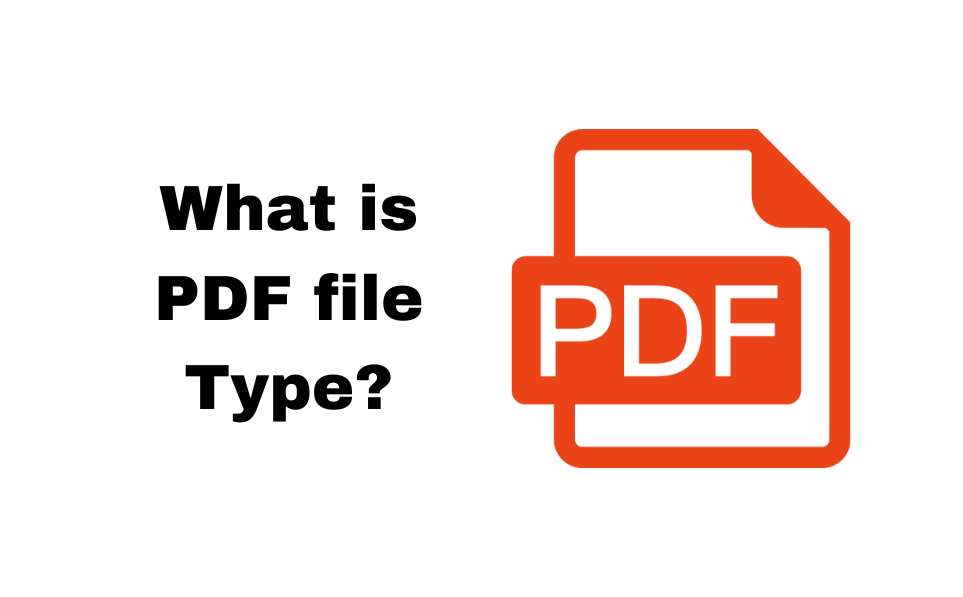Because PDF files are so pervasive many people tend to take the rise of PDF files for granted. PDF is an acronym for Portable Document Format, which is a technology that was created and introduced by Adobe Systems in 1993. However, the ideology behind creating this technology was outlined in 1991 by John Warnock, co-founder and former CEO of Adobe Systems, in his seminal paper called “The Camelot Project”. In this paper, Warnock states that: “this project’s goal is to solve a fundamental problem that confronts today’s companies. The problem is concerned with our ability to communicate visual material between different computer applications and systems … there is no universal way to communicate and view this printed information electronically”. At the time this technology was referred to as IPS, which is an acronym for Interchange Postscript.
Despite being developed as a standard for users to share documents on all operating systems it took time for PDF to be adopted among the computer user community; especially since early versions were not widely distributed and PDF files, initially, offered no support for external hyperlinks within the document thus limiting its utility. Furthermore because of the larger size of PDF documents, in comparison to other plain text documents, downloading them was not as practical since modems were the most common way to access the Internet during those days and a 56.6k modem could only download 5 kilobytes per second. In addition, rendering any documents into PDF files was a sluggish process due to the limited processing power of some computers. Another crucial reason for the slow adaptation of PDF technology was due to the price tag Adobe placed on its products. However, with the release of Adobe’s version 2.0 it began to distribute its Acrobat Reader, now known as Adobe Reader, free to computer users while continuing its support for the original PDF. This move helped solidify PDF as the standard for
What is a PDF exactly?
PDF files are intended to enable users to preserve the integrity of the original document. Say for example that you work in the publishing industry or need to see the exact presentation of the document in question, obviously a PDF is handy tool. Before the PDF technology numerous other page description languages existed such as PostScript. Postscript was popular in the print community but was not suitable for onscreen use. By utilizing PostScript technology along with some additional changes the structured language PDF was created. Essentially what the PDF does is that it captures all the elements of the document in question and stores it as electronic image that is viewable on computers and now on many electronic devices, allowing for the option of a fixed layout. PDF files can be printed and sent to others and because they are compact they are ideal for such purposes. As a file format PDF files are universally compatible since they work on all computers and platforms. To use or open a PDF file one simply needs access to a PDF viewer, such as the Adobe Reader mentioned above. PDF viewers are compatible with all computers and platforms, allowing users to view or use PDF documents whether they are offline or online. Since PDF has become such an ubiquitous technology most web browsers have embedded PDF readers thus allowing the user to view PDF files online.
Functionality and Competition
Despite being the most commonly known and used way for document transmission, PDF has had numerous competitors such as DjVu, the now defunct Envoy and even its sibling PostScript. However, before comparing the PDF file format technology to others, it is helpful to list some of the advantages of the PDF file format. PDF files allow for random access and linearization of files, which basically means that any object, whether it is a page or graphic within a file is viewable at will in constant time as opposed to PostScript. PDF files also allow for embedded fonts, thus all fonts should be rendered correctly no matter which fonts are installed on the computer being used to view the PDF file. PDF files also allow for the option of searchable text, due to OCR text layering, thus saving time if one wishes to locate a certain passage in a book or if one wants to copy paste another section. Despite the popularity of PDF files some computer users prefer the file format alternative DjVu, which is a pure raster file format, whereas PDF can contain both raster and vector graphics. DjVu was developed by AT&T Labs in 1996 in order distribute high-resolution images of various digital documents; everything from photographs to newspapers, magazines and books. Nonetheless, PDF has never relinquished its dominant position since its intial release in 1993. In 1996, version 1.1 was released which allowed for an encryption option(40 bit) and hyperlinks. In the same year version 1.2 was also released which allowed for Unicode support. Version 1.3 which was released four years later allowed for prepress support, digital signatures, embedded files and annotations. Later editions allowed for better encryption options as well as OpenType fonts; and in 2008 the PDF file format technology was released as open standard. Besides using Adobe Reader to read pdf files one can also use the pre-installed MacOs application Preview. For Unix there is Xpdf as well as command line options for all operating systems, including pdftk which is a free, open source command-line tool enabling users to build their own pdf files. As of 2014, PDF is still the world’s preferred electronic document format.

